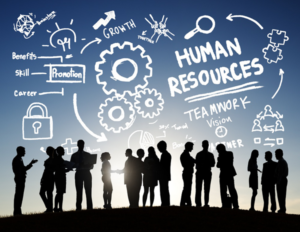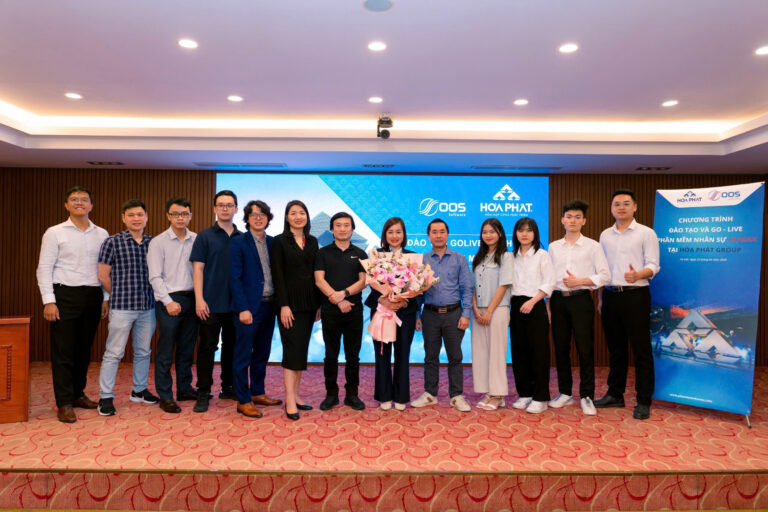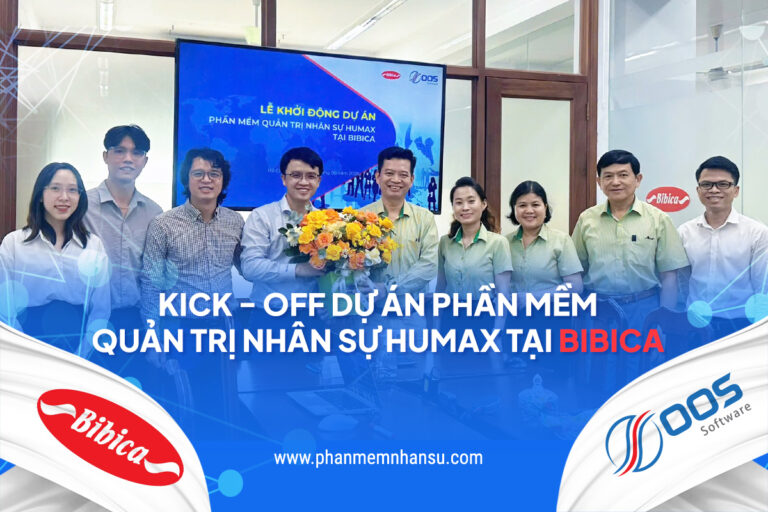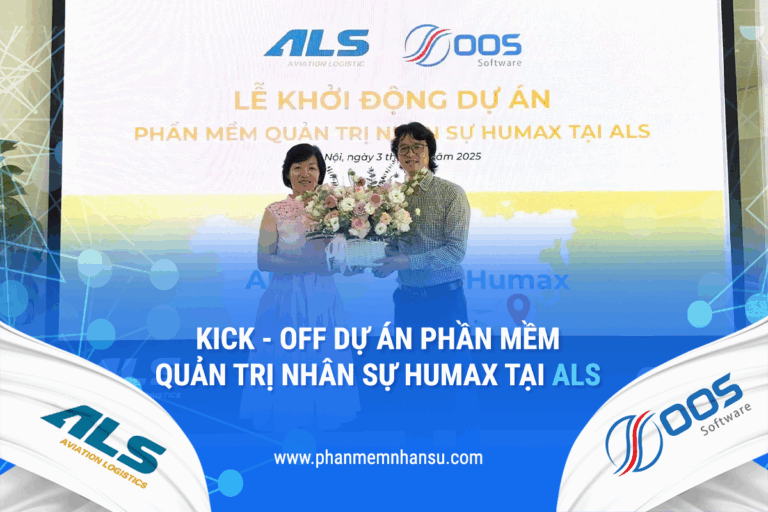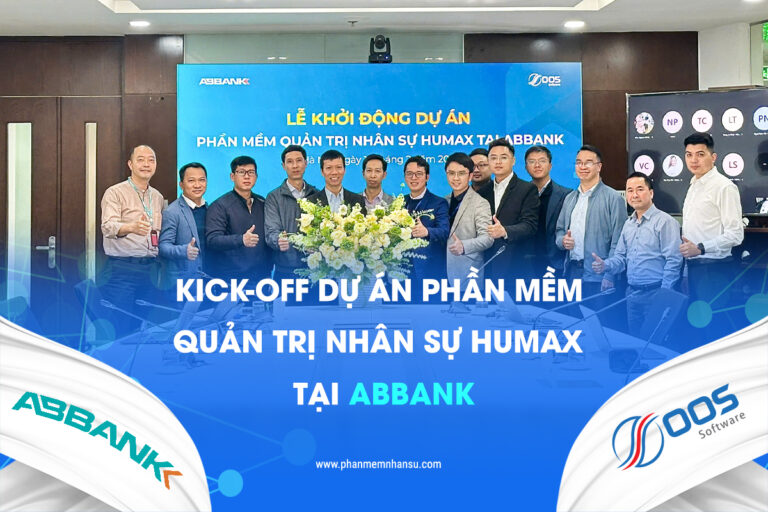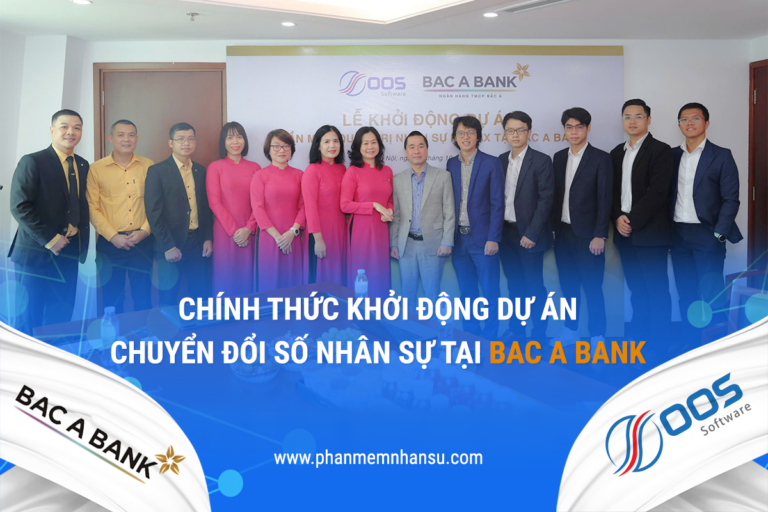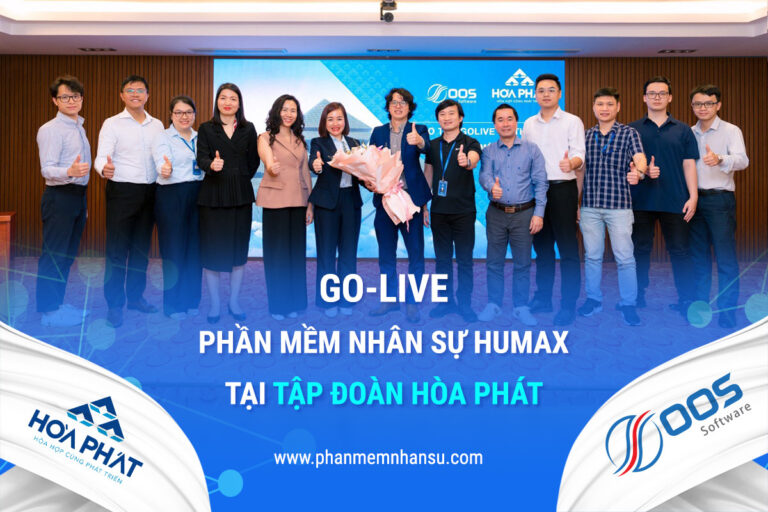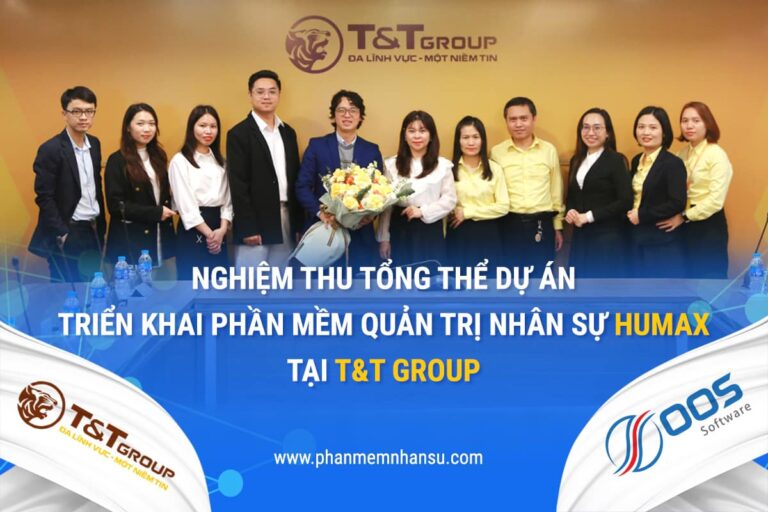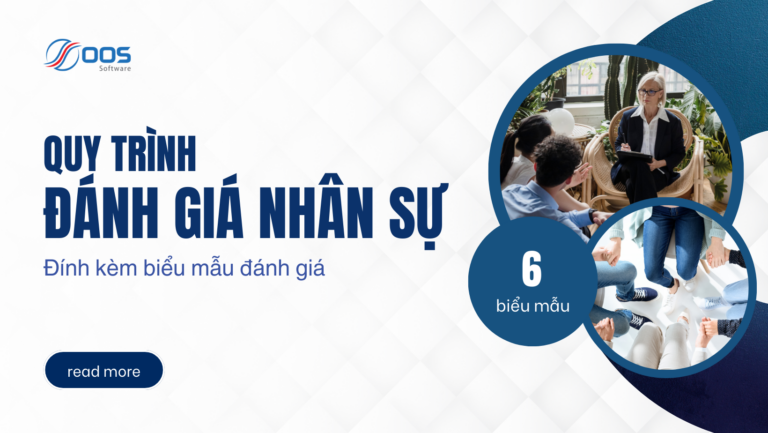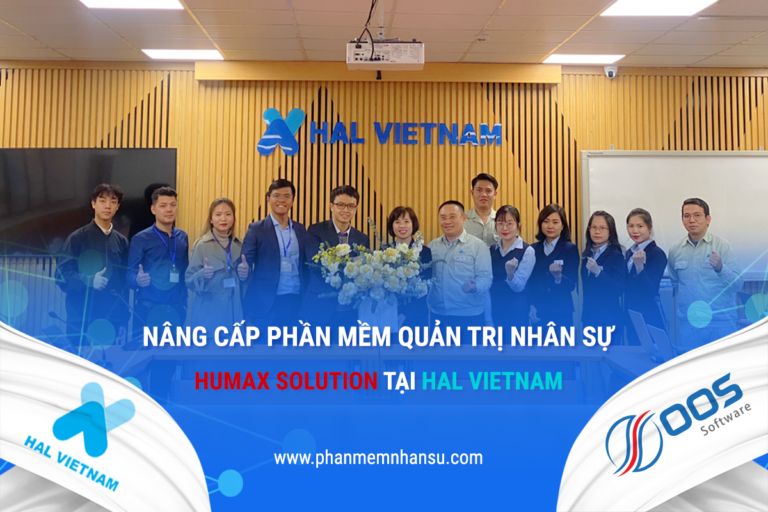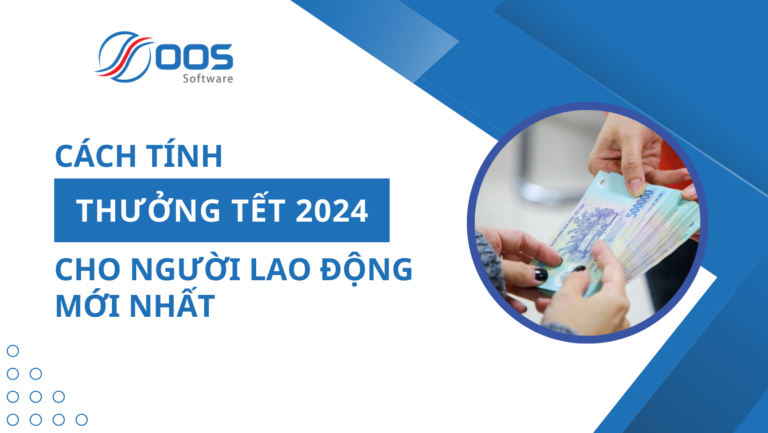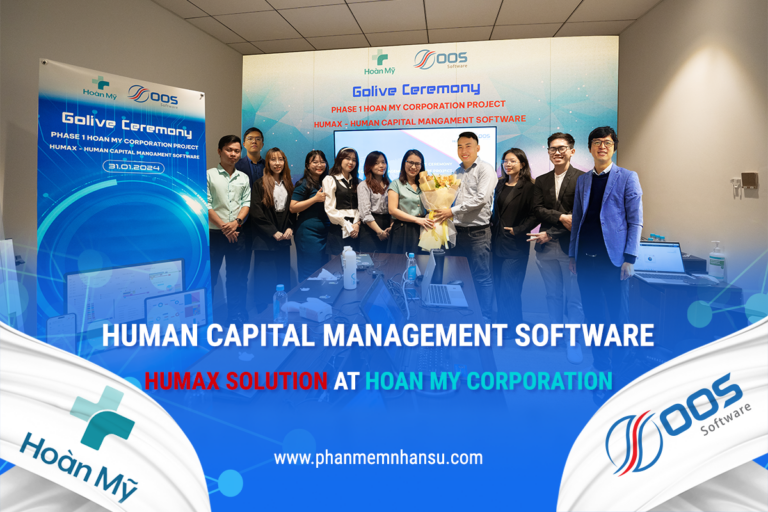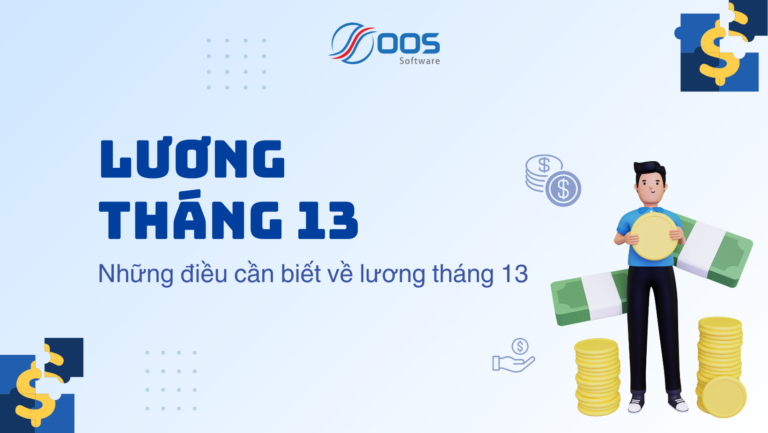Human resources are an important part of every organization and have a high ability to determine the success or failure of a business. To develop, businesses need to pay attention to and develop human resources, creating strategic solutions for long-term and sustainable human resource development.
1. Analysis of the current status of human resources
The purpose of analyzing the current state of human resources is to determine the strengths, weaknesses, difficulties and advantages of the enterprise.
Administrators can rely on the following bases:
• Number of manpower
• Structure
• Qualification
• Work experience
The correct analysis of the human resource situation will create an arrangement and arrangement suitable for the job, and at the same time have a training plan to improve the level of available human resources to be able to meet the requirements of the day. advanced.

2. Strategy and solutions for human resource development
a) Stabilize and maintain existing human resources
• To stabilize and maintain existing human resources, managers need to pay attention to the following details:
• Completing regulations and policies currently applied at enterprises.
• Ensure fair and reasonable salary payment for employees, create competitiveness in attracting external resources and retaining internal resources
• Improve working environment.
• Conduct periodic assessment of each employee's capacity, in addition to professional qualifications, they must also improve their foreign language skills, in order to consider each person's ability to plan training or re-training with the aim of aim to further improve employee performance.
• Arranging and stabilizing personnel, ensuring that the right personnel are assigned to the right jobs.
• Improving working methods, minimizing non-value-added stages, ensuring high professionalism in the working environment

b) Developing available human resources
The successful goal of the enterprise is only perfected when the organization's human resources are constantly being developed.
• Implement reasonable remuneration, welfare and reward policies to create favorable conditions for employees' long-term attachment to the company.
• Create a dynamic, positive and friendly working environment.
• Help employees balance work and life.
• Set specific goals for employees.
• Complete promotion policies - promotion for excellent employees.
• Constantly improving the organizational structure, creating dynamism in the development towards the excitement at work for employees. Create healthy competition in each job position so that every employee can maximize his or her capacity.
• Organizing periodic tours and sports activities to create conditions for all employees to have the opportunity to exchange, learn, as well as have fun to regenerate their labor force.
c) Implement the policy of attracting talents
Reasonable and dynamic human resource policies to be able to attract many talents from other places to serve the company.
• There are packages of benefits, benefits and attractive salaries to attract external resources to work.
• Coordinate recruitment at universities and training centers to find qualified candidates. There are programs to support and search for candidates who are capable and enthusiastic students right from the school chair.
• Carefully screen input labor sources to ensure recruitment of employees who are really capable, enthusiastic about work, enthusiastic and creative, with a long-term commitment.
d) Training and developing human resources
Objectives of training and human resource development is to help employees become confident, independent and responsible individuals. In our human resource development system there are three stages in the development process of young employees, which are:

– Dependency phase: this is the period that greatly affects young employees in the early years of operation & this is also the most developing stage in their career.
– Independent stage: At this time, young employees are gradually showing their independence and maturity, they form habits and skills that can help them take the initiative to work alone.
– Interdependence stage: this is the stage when employees have become confident, responsible and completely independent employees. During this period, they respond enthusiastically and support others. in the process of forming a new group.
Corresponding to these employee development stages are the types of coaching and training that can be applied such as:
– Dependency phase: Skills training/coaching to simulate work situations & business situations, focusing on on-the-job training in a “modeling and guiding” manner.
– Independent phase: training and coaching of this period is to apply the form of tutoring & assignment.
– Mutual service phase: In this stage, the instructor acts as an internal consultant, but the exchange of information back and forth regularly aims to improve even the incomplete points of the Enterprise from the main point of view. Employee feedback is seen as a key activity.
The training and coaching of employees that the Enterprise conducts should include providing knowledge that can be applied in practice.
Every business wants to be successful. Enterprise success – Management success – is recognized through the success of each employee who works with confidence, independence and responsibility. Regular training and coaching plays an important role in making that wish a reality.
Source: thanhchinhnhansu.com
